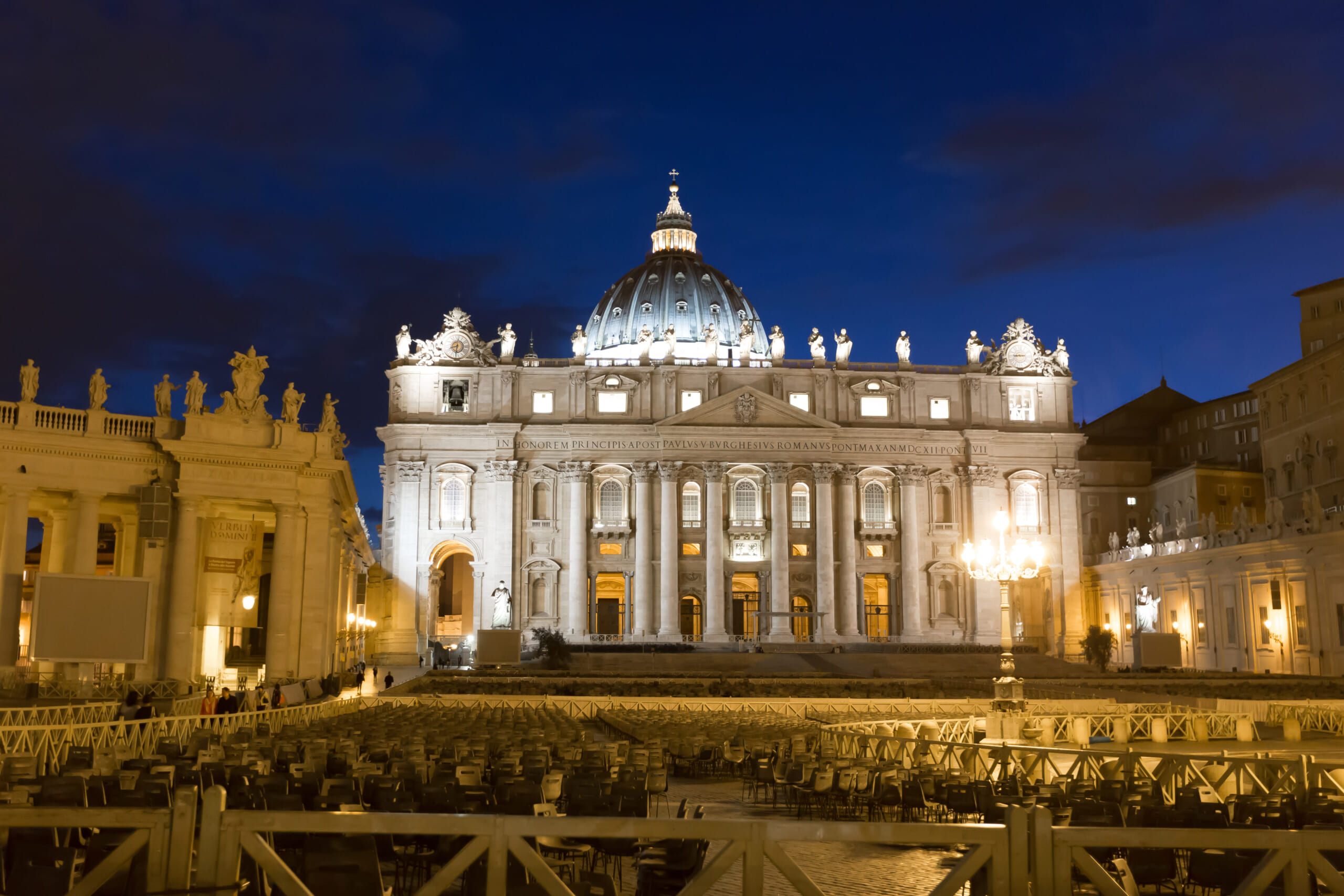
- On 31/07/2023
- In Blogs Travel Tips
- Tags:
Vatican City
Sources: VnExpress, Britannica, CNN
Travel with Thiên Xuân to Vatican City, in full State of the Vatican City, Italian Stato della Città del Vaticano, landlocked ecclesiastical state, seat of the Roman Catholic Church, and an enclave in Rome, situated on the west bank of the Tiber River.
Vatican City is the world’s smallest fully independent nation-state. Its medieval and Renaissance walls form its boundaries except on the southeast at St. Peter’s Square (Piazza San Pietro). Of the six entrances, only three—the piazza, the Arco delle Campane (Arch of the Bells) in the facade of St. Peter’s Basilica, and the entrance to the Vatican Museums and Galleries in the north wall—are open to the public. The most imposing building is St. Peter’s Basilica, built during the 4th century and rebuilt during the 16th century. Erected over the tomb of St. Peter the Apostle, it is the second largest religious building (after Yamoussoukro Basilica) in Christendom.
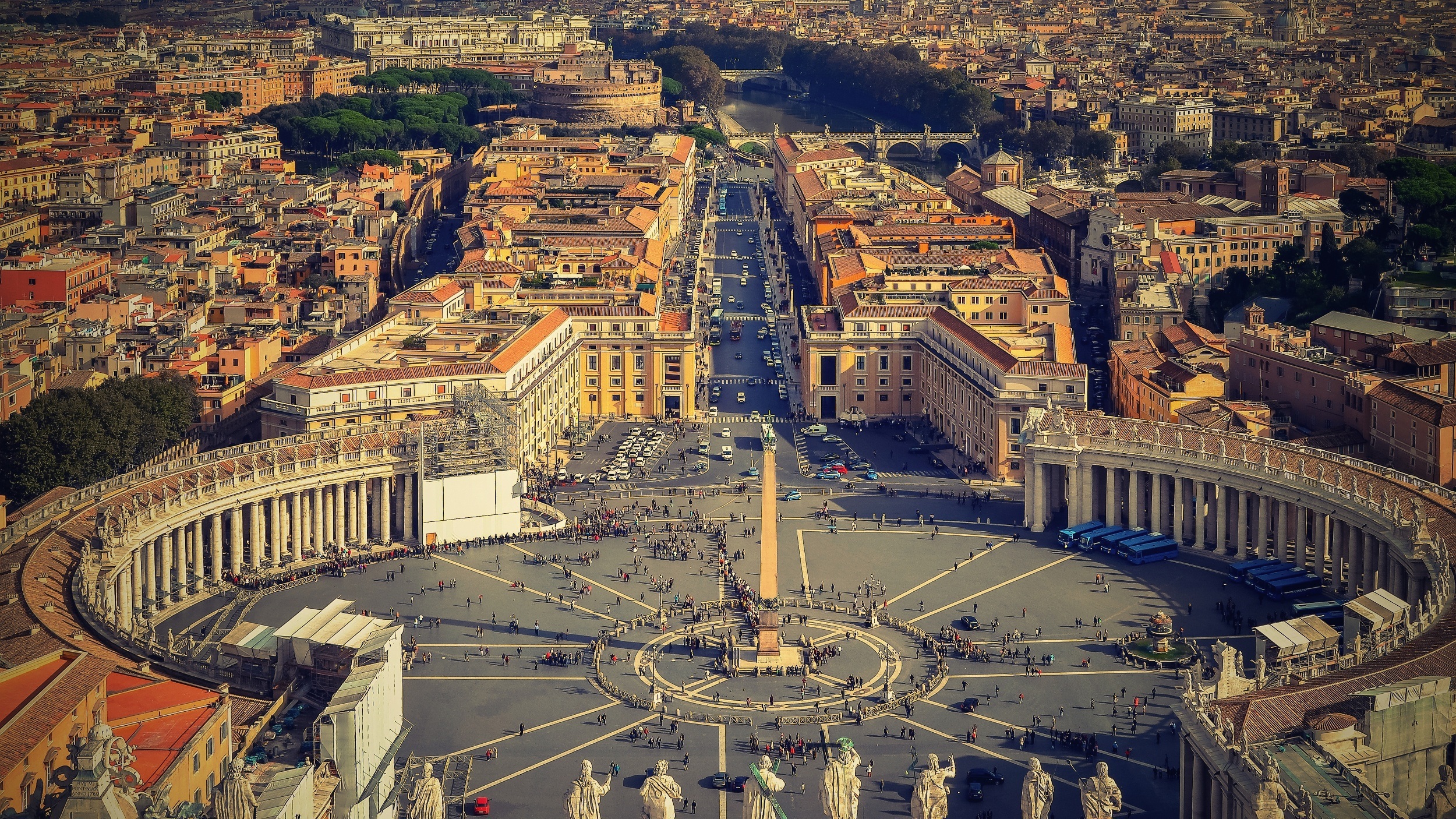
Set in front of St. Peter’s Basilica is a gorgeous piazza called St. Peter’s Square or Piazza San Pietro. Other than being an important historical landmark, the piazza is an architectural marvel with much to appreciate. It spreads over a massive expanse of land, consisting of an endless line of Doric colonnades, beautiful statues, and other exquisite structures that make it one of the most incredible squares in the world.
St. Peter’s Square is an ancient piazza that sits at the core of Vatican City. It is believed that the structure was built on the site where Peter the Apostle was killed. Both St. Peter’s Basilica and St. Peter's Square were named after Peter, who was considered to be the first Pope. Being an important landmark in the city, this open space plays host to an array of religious and cultural events year round, including the Papal Audience. Every year, millions of people visit St. Peter's Square to honor its history, to attend events, or to simply admire its magnificence.
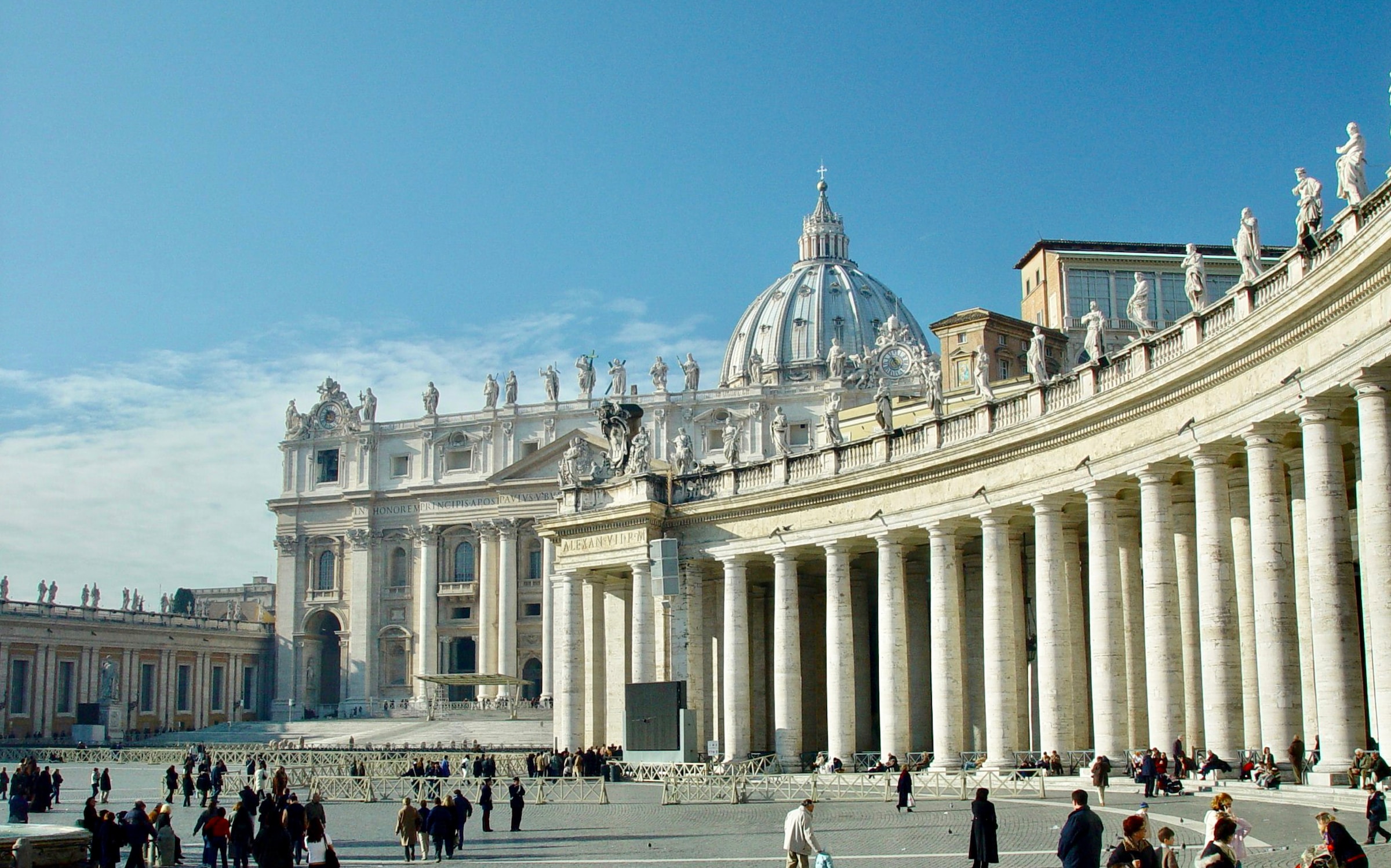
The Vatican palace is the residence of the pope within the city walls. The Holy See is the name given to the government of the Roman Catholic Church, which is led by the pope as the bishop of Rome. As such, the Holy See’s authority extends over Catholics throughout the world. Since 1929 it has resided in Vatican City, which was established as an independent state to enable the pope to exercise his universal authority.
Vatican City has its own telephone system, post office, gardens, astronomical observatory, radio station, banking system, and pharmacy, as well as a contingent of Swiss Guards responsible for the personal safety of the pope since 1506. Almost all supplies—including food, water, electricity, and gas—must be imported. There is no income tax and no restriction on the import or export of funds. As the Holy See, it derives its income from the voluntary contributions of more than one billion Roman Catholics worldwide, as well as interest on investments and the sale of stamps, coins, and publications. Banking operations and expenditures have been reported publicly since the early 1980s.
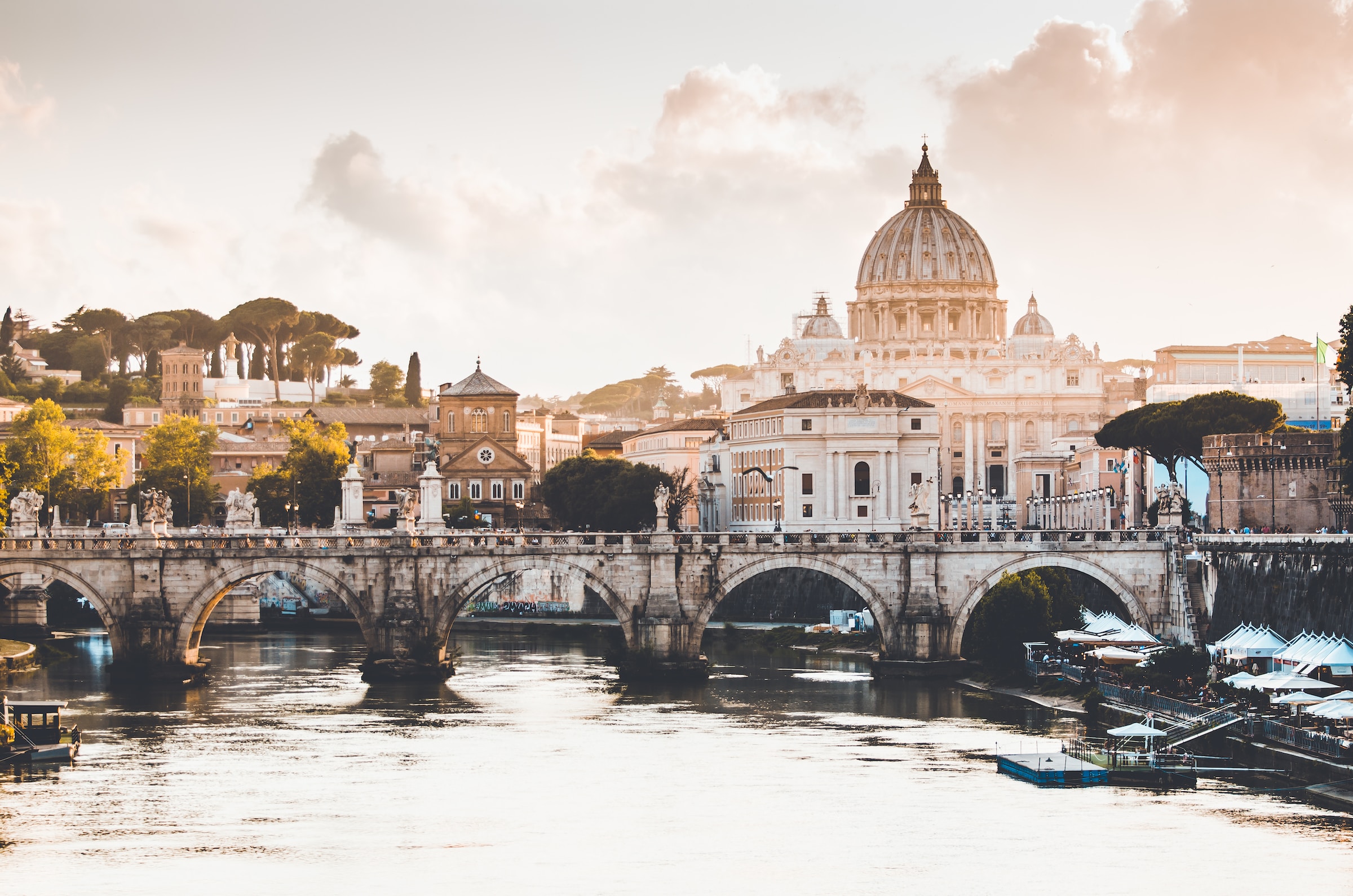
Vatican City consumes more wine per head than any other country, says the California-based Wine Institute. Is life really so tough within those walls? Here's a full-bodied statistic that needs a really good swill. Vatican City consumes more wine per head than any other country. According to the California-based Wine Institute, the tiny state's populace averaged 74 litres of wine each in 2012. Assuming they drink the standard size, that's around 98 bottles. There is no passing this off as a celebratory blip to wet the head of the new pope.
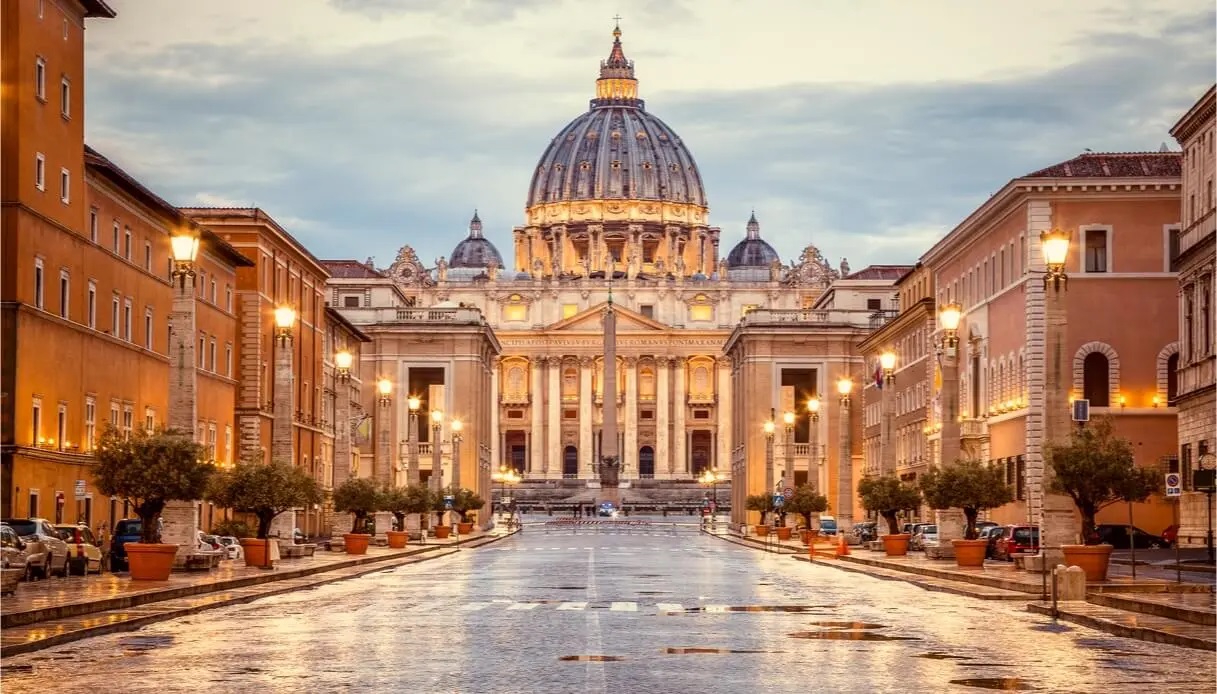
Vatican cultural life has much declined since the Renaissance, when the popes were among Italy’s foremost patrons of the arts. The Vatican Museums and Galleries, the frescoes by Michelangelo in the Sistine Chapel, the frescoes by Pinturicchio in the Borgia Apartment, and Raphael’s Stanze (“Rooms”) nevertheless attract critics, artists, and flocks of tourists from throughout the world. Years of restoration work on the Sistine Chapel frescoes were completed in 1994, making it possible to view Michelangelo’s work in full vibrant colours. In 2000 the millennial Jubilee focused world attention on Vatican City.

The Vatican City State Railway branches off from the Rome to Viterbo railway line at the Roma San Pietro railway station and crosses Gelsomino valley via a 143.12 metre long masonry viaduct of eight 15.30 metre arches (bearing the Fasces and the Savoy Coat of Arms), which crosses Viale Vaticano. The railway is principally used for freight traffic. Pope John XXIII (1881-1963) travelled on the line on 4 October 1962, the first pope to do so, and in recent times its use has been encouraged by Pope Francis.

The Pontifical Swiss Guard is an armed force and honour guard unit maintained by the Holy See that protects the Pope and the Apostolic Palace within the territory of the Vatican City. Established in 1506 under Pope Julius II, the Pontifical Swiss Guard is among the oldest military units in continuous operation. The dress uniform is of blue, red, orange and yellow with a distinctly Renaissance appearance. The Swiss Guard are equipped with traditional weapons, such as the halberd, as well as with modern firearms.
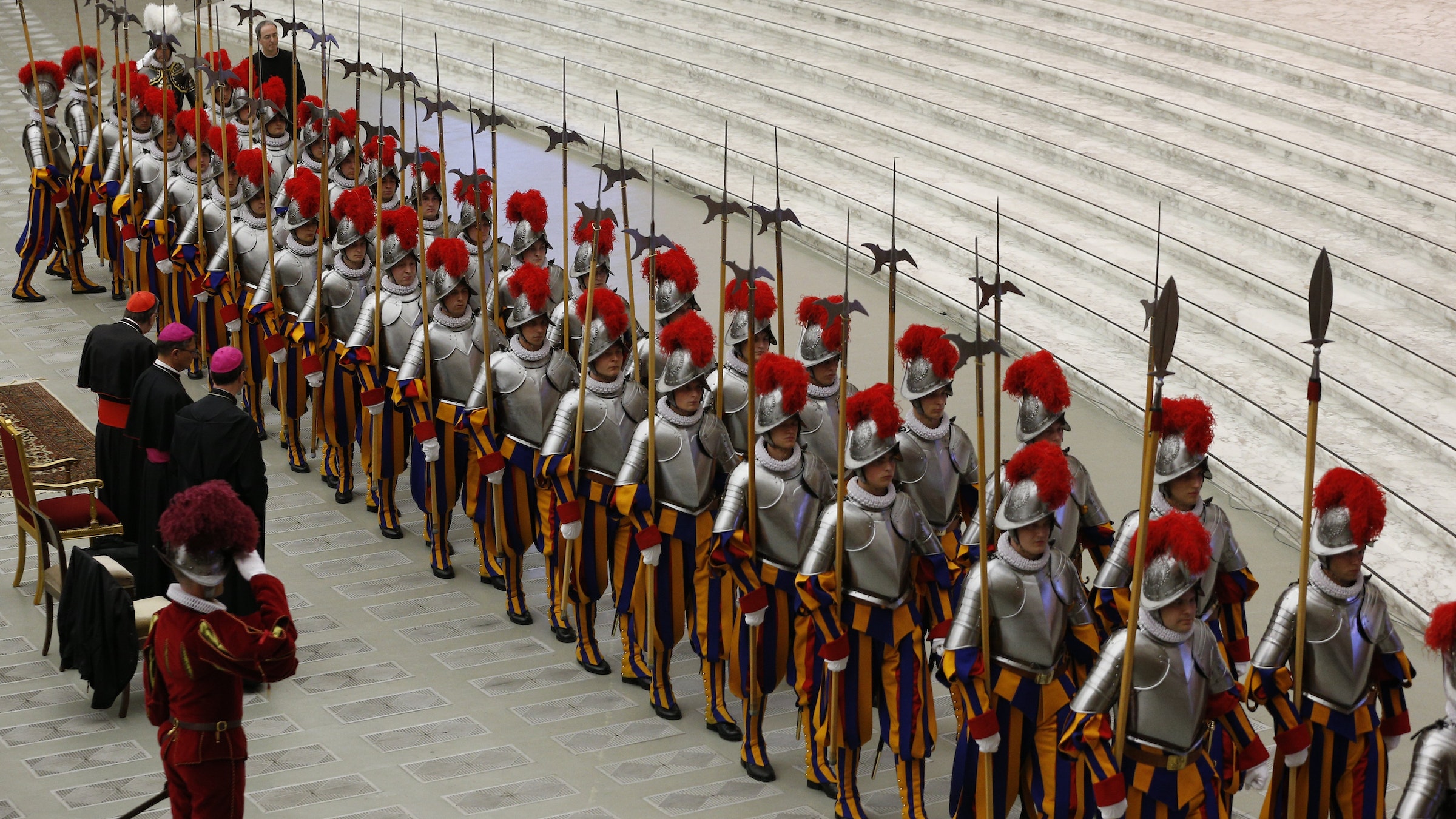

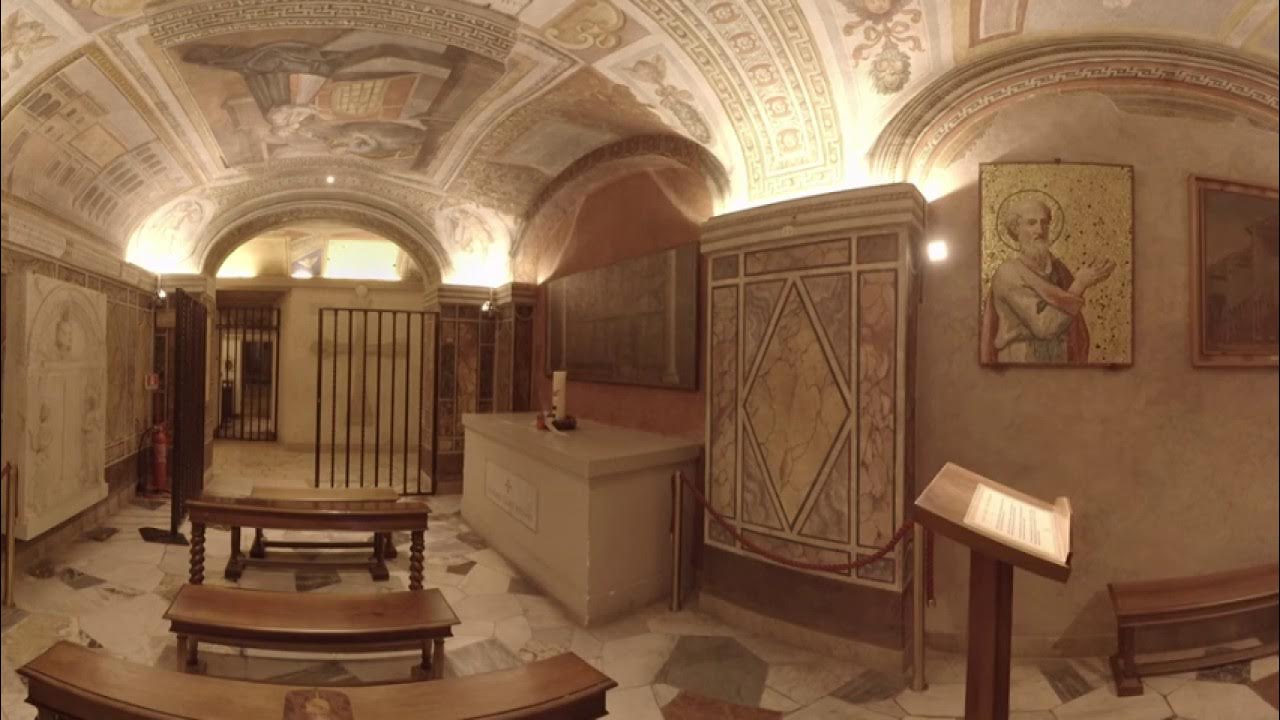




Attendance at the Vatican Museums in the Vatican City increased by roughly 24 percent in 2021 over the previous year. Overall, the institution – one of the most visited museums worldwide – welcomed around 1.61 million visitors in 2021, while it reported nearly 6.9 million visitors in 2019. The Vatican City, one of the most sacred places in Christendom, attests to a great history and a formidable spiritual venture. A unique collection of artistic and architectural masterpieces lie within the boundaries of this small state.
Sources: VnExpress, Britannica, CNN
Bạn cần tư vấn gì? Bạn có vấn đề gì cần hỗ trợ? Hãy gửi câu hỏi cho Thiên Xuân Travel
Thiên Xuân Travel ✈ Live your travel dreams!
📨 booking@thienxuantravel.com
☎️ +84 888 890 898 — 0938 558 228
🔖 #thienxuantravel #vatican

